Kita ward, Tokyo東京都北区
Living in Kita Ward, Tokyo
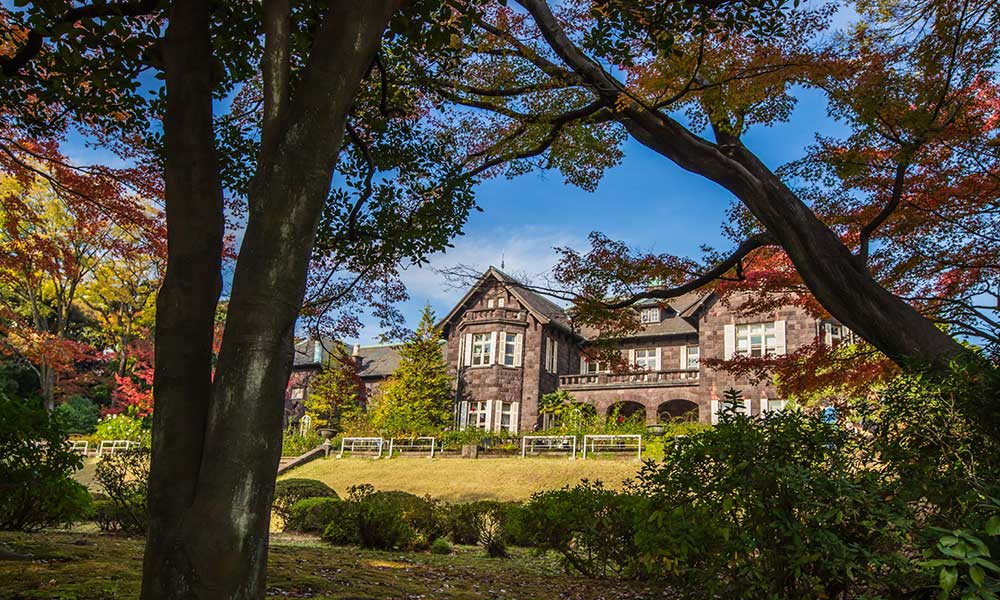
We have Summarized the livability of Kita Ward, Tokyo.
23 WARD AREA23区地域
-
- CHIYODA WARD 千代田区
-
- CHUOU WARD 中央区
-
- MINATO WARD 港区
-
- SHINJYUKU WARD 新宿区
-
- BUNKYO WARD 文京区
-
- TAITO WARD 台東区
-
- SUMIDA WARD 墨田区
-
- KOTO WARD 江東区
-
- SHINAGAWA WARD 品川区
-
- MEGURO WARD 目黒区
-
- OTA WARD 大田区
-
- SETAGAYA WARD 世田谷区
-
- SHIBUYA WARD 渋谷区
-
- NAKANO WARD 中野区
-
- SUGINAMI WARD 杉並区
-
- TOSHIMA WARD 豊島区
-
- KITA WARD 北区
-
- ARAKAWA WARD 荒川区
-
- ITABASHI WARD 板橋区
-
- NERIMA WARD 練馬区
-
- ADACHI WARD 足立区
-
- KATSUSHIKA WARD 葛飾区
-
- EDOGAWA WARD 江戸川区
CONTENTS
- What kind of place is Kita Ward, Tokyo?
- Kita WardPR video
- How is the traffic situation in Kita Ward?
- How are the rent and land prices in Kita Ward?
- How is childcare and education in Kita Ward?
- How about shopping in Kita Ward?
- How about jobs and recruitment in Kita Ward?
- Kita Ward’s unique subsidy/subsidy system
What kind of place is Kita Ward, Tokyo?
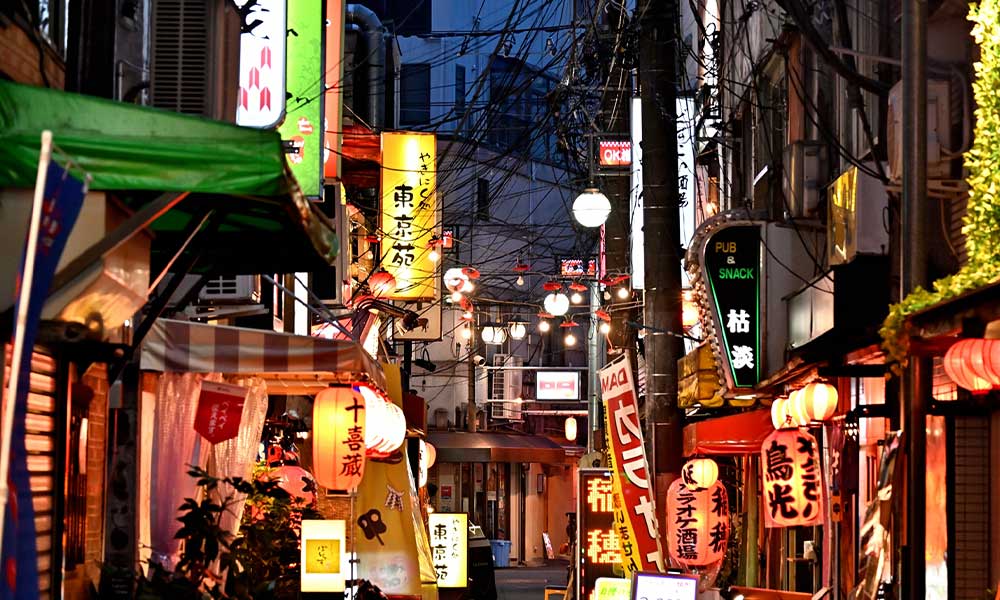
Kita Ward is a comfortable place to live with many shopping streets and a downtown atmosphere.
Kita Ward is located in the northern part of Tokyo’s 23 wards and has an area of approximately 20.61 square kilometers.
It borders Saitama Prefecture’s Kawaguchi City and Toda City to the north, Adachi Ward and Arakawa Ward to the east, Bunkyo Ward and Toshima Ward to the south, and Itabashi Ward to the west.
It has a population of approximately 353,000 and approximately 202,000 households (as of December 2022).
The area is elongated from north to south and is a relatively flat area in the northern part of the Musashino Plateau.
During the Edo period, Kita Ward was mostly rural and had a peaceful landscape, but from the 1600s it gradually flourished as a post town.
After the Meiji period, while the rural areas remained, the railway network developed and industry developed, and after the Great Kanto Earthquake, residential areas gradually began to increase, the population increased, and the town was formed.
Kita Ward was created in 1947 by the merger of Oji Ward and Takinogawa Ward. After various proposals for a new name were made, it was finally decided to name it “Kita Ward” based on the direction of the ward.
Today, Kita Ward is an area rich in nature and full of downtown atmosphere, even though it is in the city center, centered around JR Akabane Station, with Higashijujo and Jujo, which have traditional shopping streets, and Oji, which is famous for its Asukayama cherry blossoms.
Kita Ward also has several tourist attractions.
Asukayama Park is a famous cherry blossom spot that is crowded with many tourists during cherry blossom viewing season. The park is also popular with families with children, as it has a self-propelled monorail, playground equipment and a sandbox area.
The Paper Museum is a unique museum that collects paper from all over the world. Not only does it have many paper-related materials on display, but it also has the opportunity to learn about the manufacturing process and history of paper, and paper-themed events are held regularly, making it a fun spot for people of all ages.
Kita-ku is famous for its many shopping streets, and the largest of them all is Jujo Ginza Shopping Street, which is lined with about 184 stores and bustling with customers every day.
Kita Ward PR video
Kita Ward, Tokyo: A town where you can feel at ease
Kita Ward Public Relations Program “Live in Kita Ward, Tokyo.”
How is the traffic situation in Kita Ward
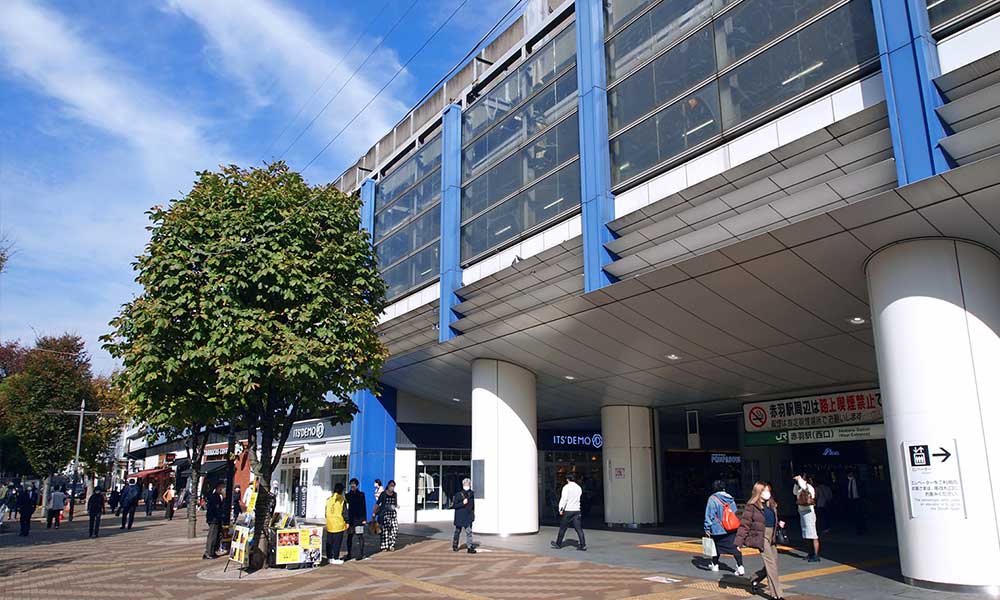
Kita-ku is a city with easy access to the east and west of Tokyo and Saitama via Akabane.
There are 10 lines and 19 stations that pass through Kita Ward.
| Oji Station | JR Keihin Tohoku Line・Tokyo Metro Namboku Line |
| Akabane Station | JR Keihin Tohoku Line・JR Tohoku Line・JR Saikyo Line・JR Takasaki Line・JR Shonan Shinjuku Line |
| Tabata Station | JR Yamanote Line・JR Keihin Tohoku Line |
| Kaminakazato Station | JR Keihin Tohoku Line |
| Akabane Iwabuchi Station | Tokyo Metro Namboku Line・Saitama Rapid Railway |
| Oji Station | Toden Arakawa Line |
| Higashijujo Station | JR Keihin Tohoku Line |
| Jujo Station | JR Saikyo Line |
| Oji-Kamiya Station | Tokyo Metro Namboku Line |
| Shimo Station | Tokyo Metro Namboku Line |
| Nishigahara Station | Tokyo Metro Namboku Line |
| Oku Station | JR Tohoku Line・JR Takasaki Line |
| Takinogawa 1-chome Station | Toden Arakawa Line |
| Kita-Akabane Station | JR Saikyo Line |
| Asukayama Station | Toden Arakawa Line |
| Sakaemachi Station | Toden Arakawa Line |
| Nishigahara 4-chome Station | Toden Arakawa Line |
| Kajiwara Station | Toden Arakawa Line |
| Ukimafunado Station | JR Saikyo Line |
Local buses are operated by Toei Bus, Kokusai Kogyo Bus, Kanto Bus, and Tobu Bus Central.
There is also a community bus (K Bus) that runs within the ward and takes you to major facilities at a low price.
There is one expressway that can be accessed from within Kita Ward, with three entrances and exits.
| Metropolitan Expressway Central Circular Route | Oji South Entrance, Oji North Entrance, Takinogawa Entrance |
The roads that pass through Kita Ward include National Route 17, which runs from Chuo Ward, Tokyo, through Nagaoka City, Niigata Prefecture, to Chuo Ward, Niigata City, and National Route 122, which runs from Nikko City, Tochigi Prefecture, through Tomo, Gunma Prefecture, and eastern Saitama Prefecture, to Toshima Ward, Tokyo.
Kita Ward has many stations on the JR East Japan Railway, Tokyo Metro, and Toei Subway, making it very convenient to access the city center. Major stations in the ward include Akabane Station, Tabata Station, Oji Station, etc.
There are also many bus routes, making it easy to access other areas in Tokyo.
The Tokyo Outer Ring Expressway and the Shuto Expressway run through the main roads. Other major roads in the city include Tabata Street and Oji Street.
There are many public transportation options in the ward, and access to the city center is easy, so it can be said that the ward has good transportation access.
It is served by several major train lines, making it relatively easy to access various parts of the city.
There are many residential areas and some areas have narrow, complicated roads, making driving difficult.
How are the rent and land prices in Kita Ward?
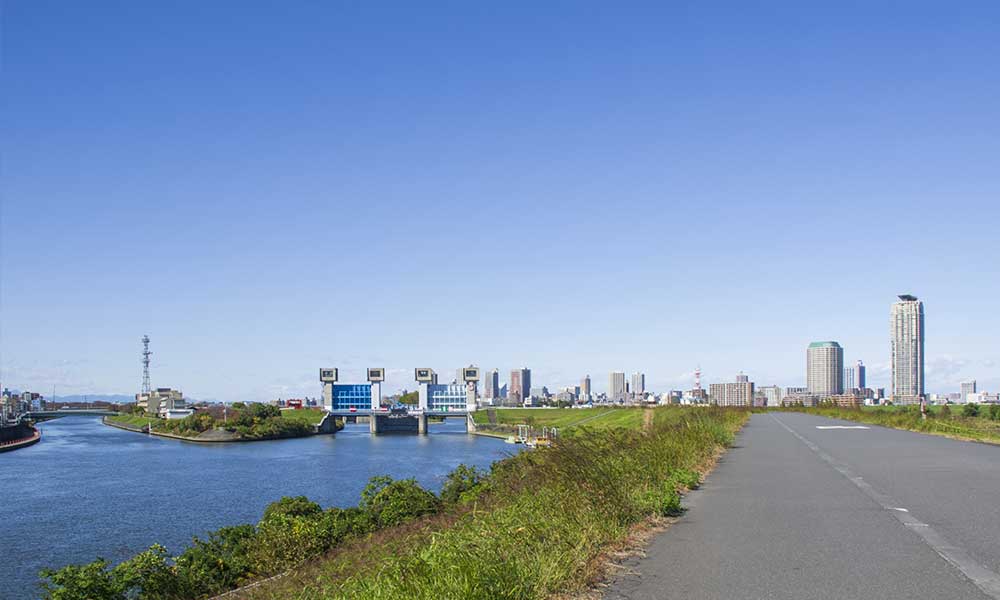
Kita Ward is a great place to live for students, new graduates and families alike.
According to information from a real estate information website, the average rent in the ward for a newly built apartment within a 10-minute walk from the station is around 88,000 yen for a 1K and 139,000 yen for a 2DK.
The average land price per tsubo is around 2.42 million yen per tsubo.
The average price of a newly built apartment is 60.16 million yen, the average area is 58.78 m2, and the average price per tsubo is 3.384 million yen per tsubo. (As of 2018-2022)
Kita Ward has a variety of housing options, including detached houses, condominiums, and apartments. Detached houses are mainly concentrated in residential areas, while condominiums and apartments are mainly concentrated around stations and commercial areas.
Average rent is relatively cheap compared to central Tokyo, with the average rent for a detached house being around 300,000 yen, while the rent for a condominium is around 100,000 yen for a 1LDK and 150,000 yen for a 2LDK. Property prices also tend to be cheaper than central Tokyo.
Compared to urban areas, rents and prices are relatively low, and there are many homes available for families. The relatively low population density makes it an attractive place for those looking for a quiet living environment.
There are many densely populated residential areas and few high-rise buildings such as apartment buildings, making it an inconvenient place for people looking for spacious living space. Recently, the supply of newly built apartments and condominiums has been decreasing, making it difficult to obtain housing.
How is childcare and education in Kita Ward?
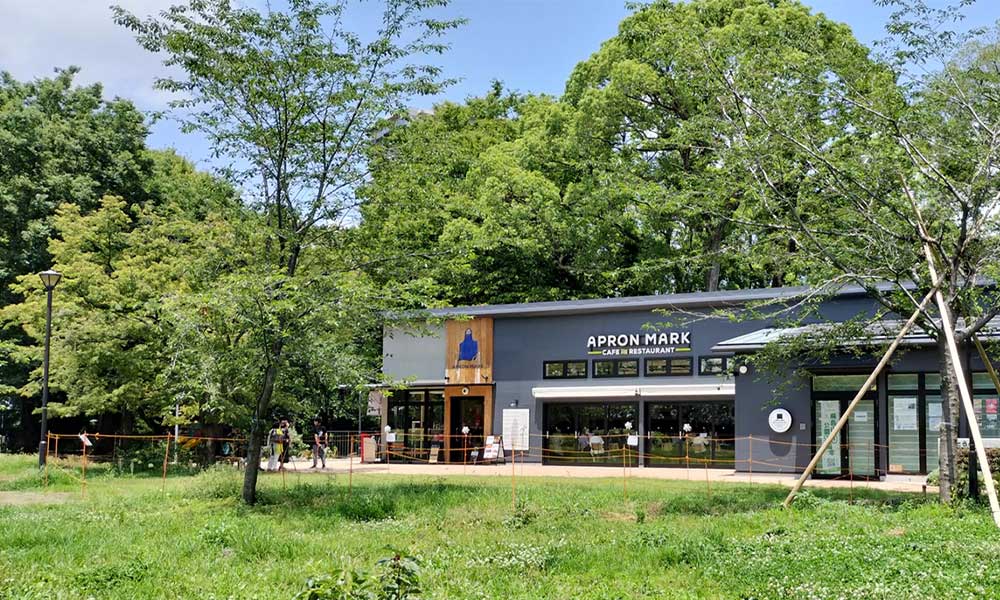
Kita Ward: A city with generous childcare support and many educational facilities
Kita ward has 58 nurseries, 29 kindergartens, 36 elementary schools, 22 junior high schools, 14 high schools, 6 junior colleges and universities, and 5 vocational schools.
The “Child Medical Expense Subsidy” covers children up to 18 years old (as of March 31 after they reach 18 years old) for both outpatient and inpatient care, and fully subsidizes all medical expenses.
Child allowances are provided: 15,000 yen for children under 3 years old, 10,000 yen for the first and second children aged 3 years old or older and not yet entering elementary school, 15,000 yen for the third child and onwards, and 10,000 yen for junior high school students.
Kita Ward also has its own unique support.
Kita Ward is implementing the “Everyone’s Childcare Support Project” to create an environment where multiple generations can be involved in childcare.
We are actively implementing lectures on childcare that you can participate in with your children, such as the “Mom Support Project” and the “Dad Support Project”.
The “Nobody’s Perfect Program” is a seminar held regularly at each children’s center for parents with children aged 0 to 5 years old, where they discuss their concerns about childcare in groups and learn how to raise their children.
The “Happy Mama Chick Interview” is an interview for households with children up to 6 months old, where you can receive information and discuss your concerns. After the interview, you will also receive a gift catalog.
Kita Ward has many child-rearing support facilities. There are daycare centers, kindergartens, and children’s centers, so you can have some free time while leaving your children there. There is also a “Child-rearing Support Center” that provides consultation and information on child-rearing for moms and dads.
There are also many elementary schools, junior high schools, and high schools, providing a high-quality education and a good educational environment. There are also many private high schools, so you can receive a high level of education. Furthermore, it is an attractive area for those who wish to continue to higher education, as it is home to some of the best universities in Tokyo.
In addition, there are many educational support facilities that provide cram schools, preparatory schools, and consultations for entering higher education, so it can be said to be an area with a good range of educational institutions.
There are numerous parks, libraries, sports facilities and other amenities, making it an ideal environment for families with children.
Public schools often have entrance exams, and private schools have high tuition fees, making the environment very competitive. Private schools and educational support facilities can be a big financial burden due to their high tuition fees.
How about shopping in Kita Ward?
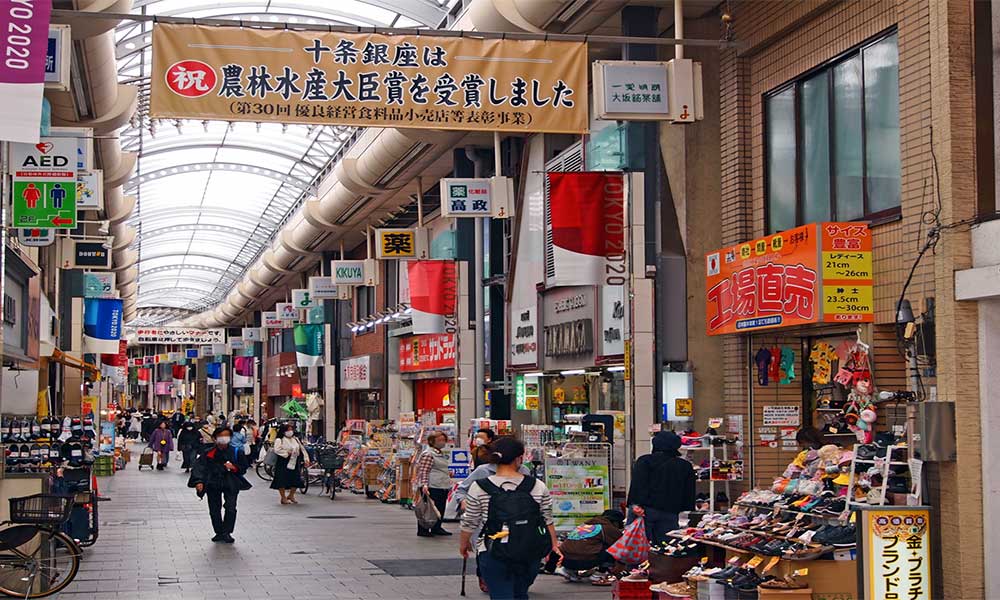
Kita Ward: A town with many traditional shopping streets and supermarkets
Kita Ward is famous for its many traditional shopping streets, including the Jugyo Ginza Shopping Street.
In addition, there are many commercial facilities and shopping areas centered around Akabane Station, making it a well-developed area.
“Pal Road Akabane” is a commercial facility directly connected to Akabane Station, consisting of Pal Road I, II, and III, and is a shopping spot with everything you need, including supermarkets, restaurants, and shopping facilities.
Kita Ward also has many supermarkets and convenience stores, making it convenient for everyday shopping. There are about 53 supermarkets scattered throughout the ward, mainly Summit, Life, and Maruetsu.
There are many types of commercial facilities, from large shopping malls to shopping streets. There are also many restaurants, so you can enjoy a meal after shopping.
Commercial facilities and public transport can be crowded, especially on holidays.
How about jobs and recruitment in Kita Ward?
Kita Ward: A city with many printing and transportation-related companies
The printing industry is a key industry in Kita Ward, and there are many printing companies and printing factories in the ward. There are many other industries and occupations with job openings, but the most common are IT, service, retail, medical and welfare.
In recent years, more and more companies are using universities and vocational schools in the area to provide education, research and development, and there are many job openings in research and development and engineering.
In addition, with good transportation and easy access to the city center, the logistics and transportation industry is also thriving, and there are many job openings for drivers and other positions.
However, as with other areas in Tokyo, there is a high level of competition compared to the number of positions available, so you need to be well prepared and make an effort when looking for a job. For job information, we recommend that you use Hello Work, job sites, recruitment agencies, etc.
There are many job openings in a variety of industries and occupations, including IT, services, retail, and medical/welfare, so there are many options for employment.
There is a high competition rate compared to the number of job openings, and job hunting is fierce. Wages are lower than in urban areas, and housing and living expenses are a heavy burden.
Kita Ward’s unique subsidy/subsidy system
Kita Ward, Tokyo’s unique housing assistance and subsidy system
Kita Ward, Tokyo’s unique childcare support system
| Kita Ward Childbirth and Childrearing Support Project Let’s all celebrate a shining birthday |
























